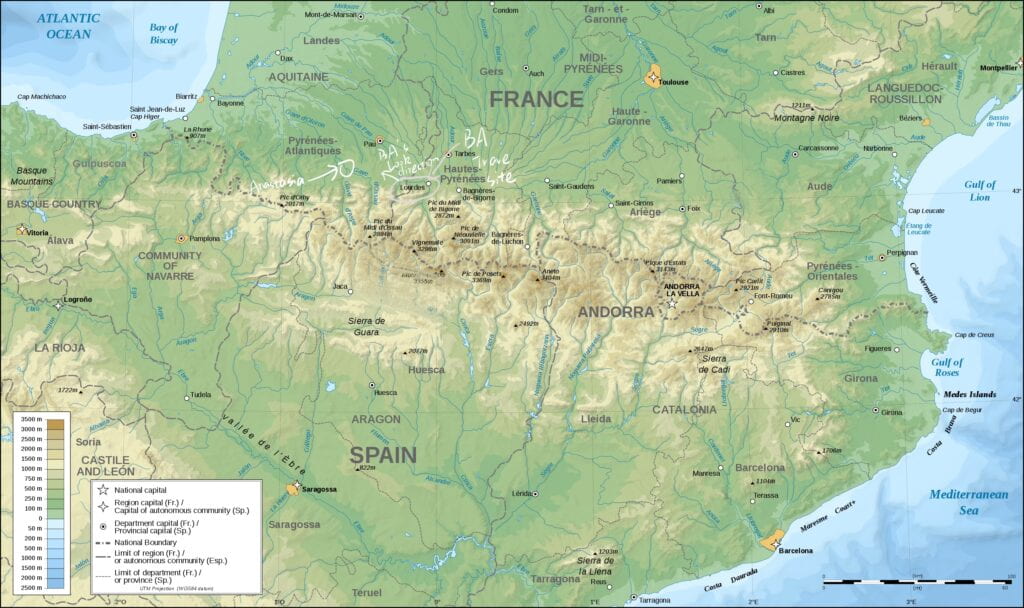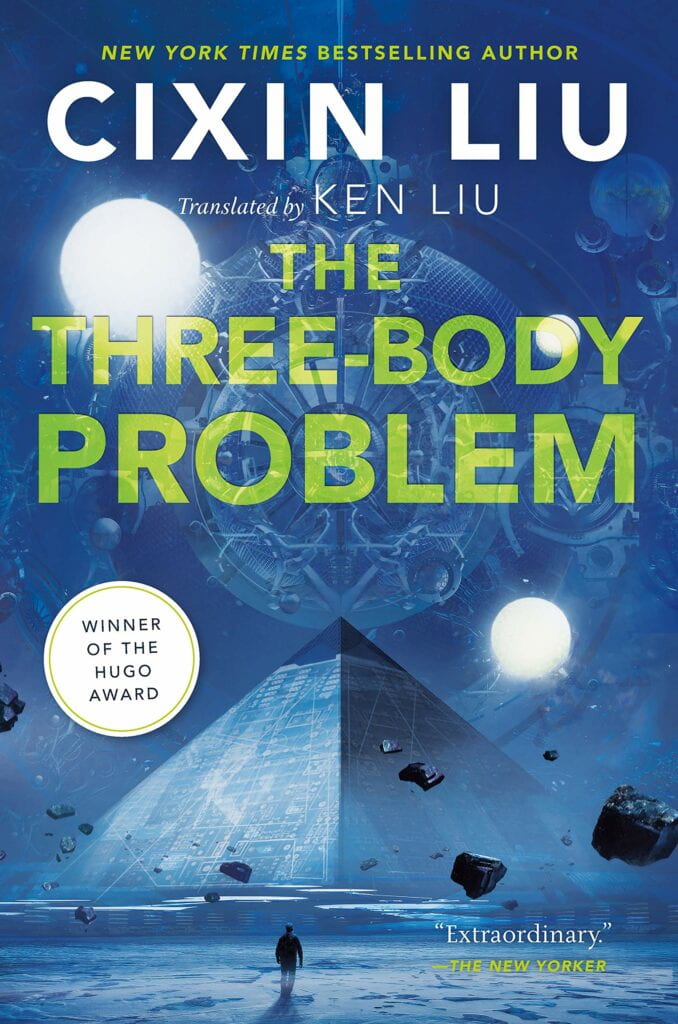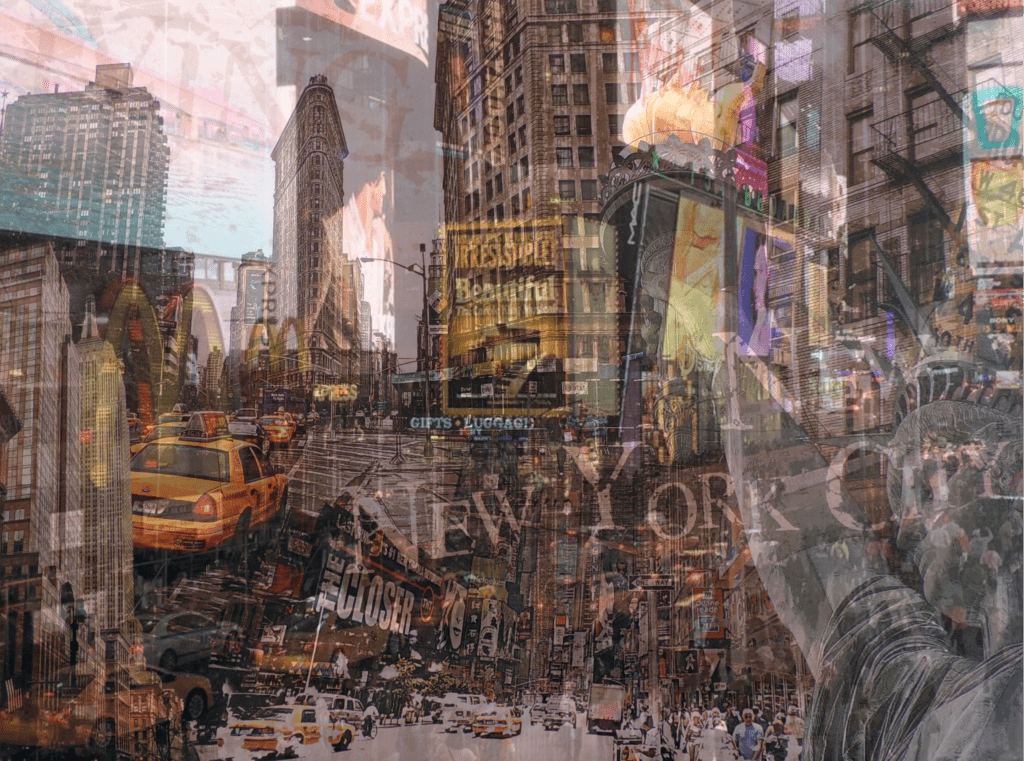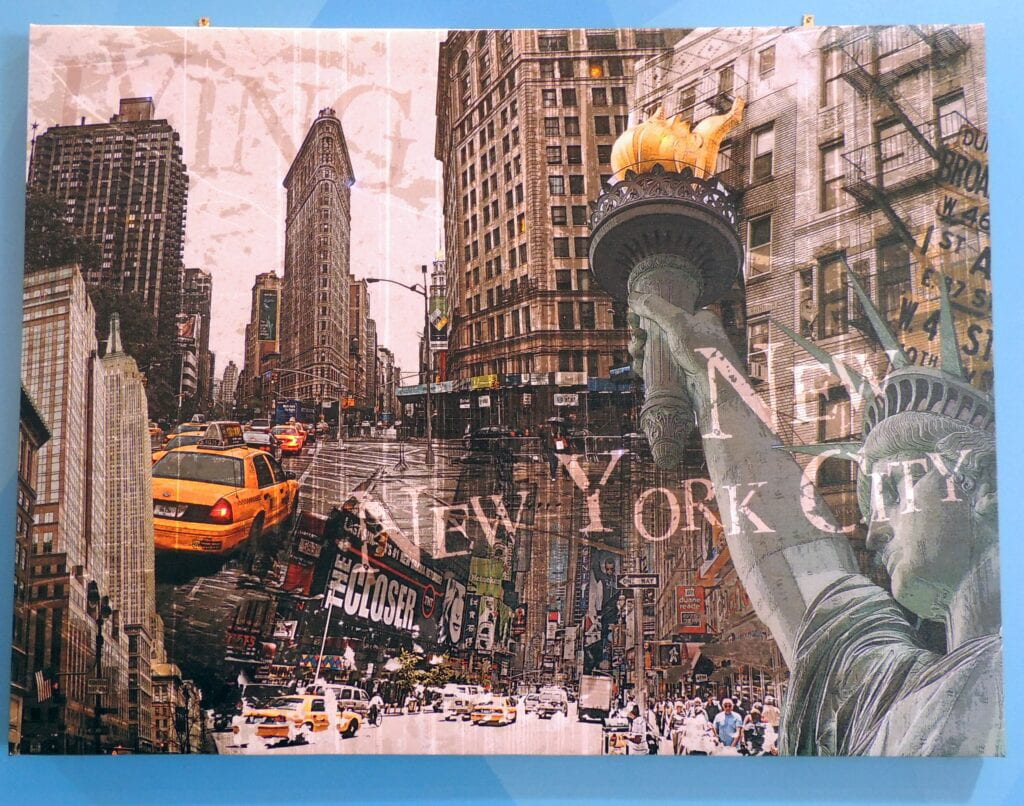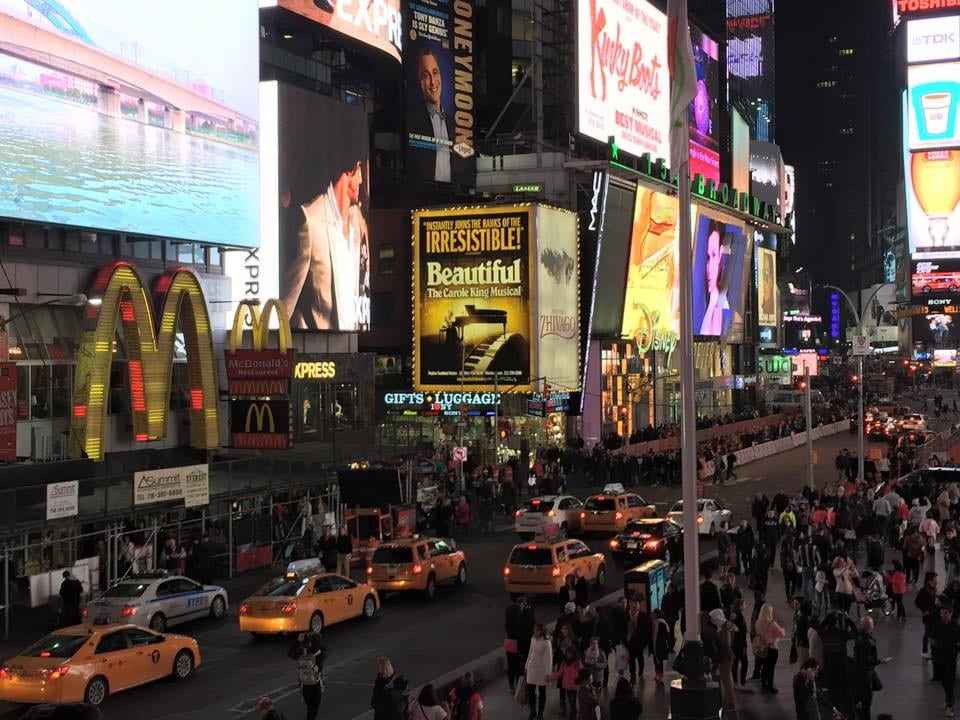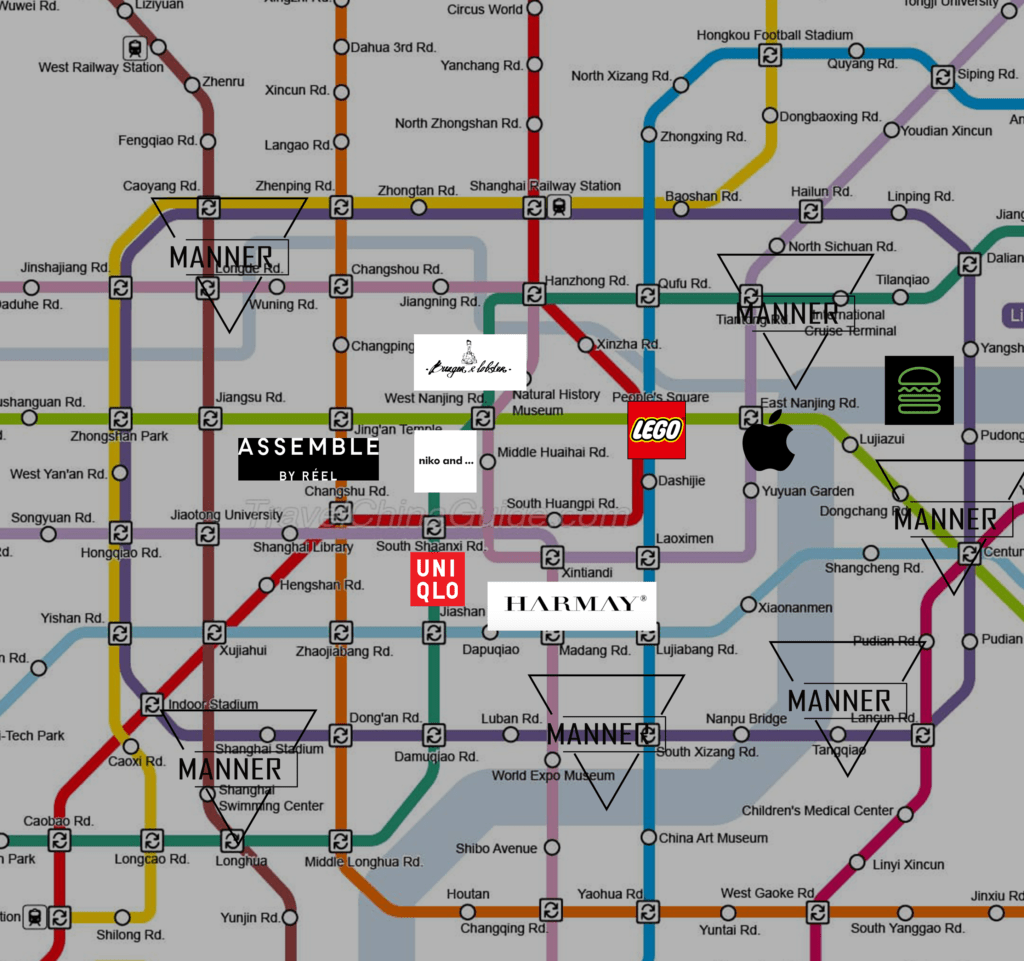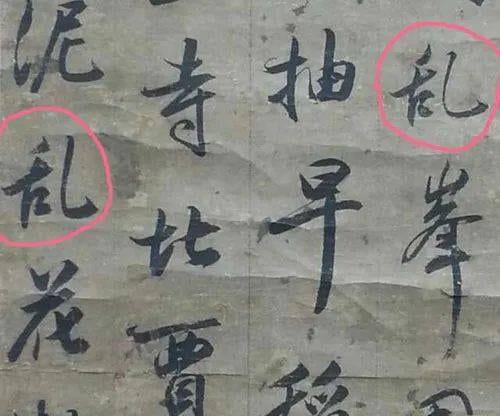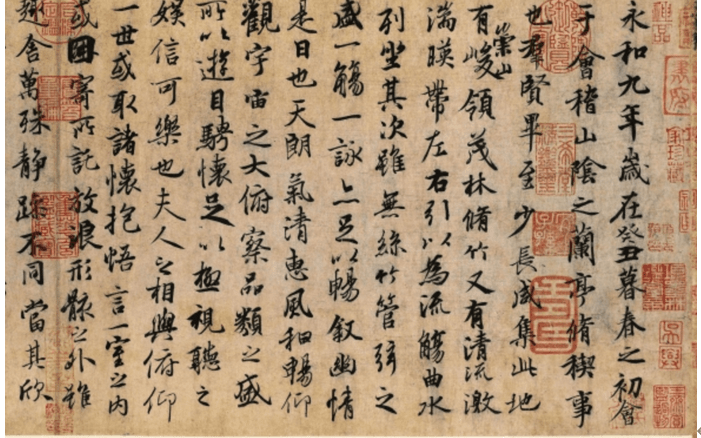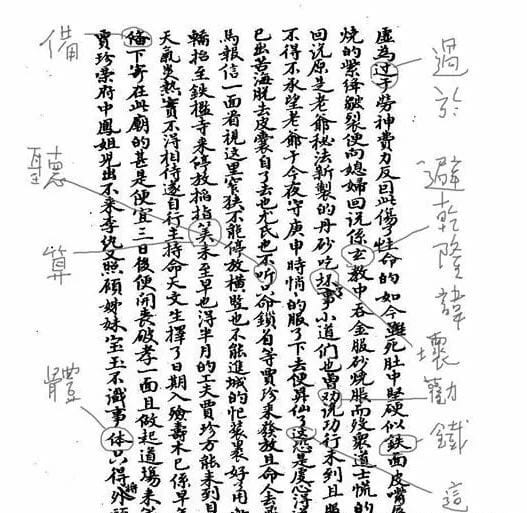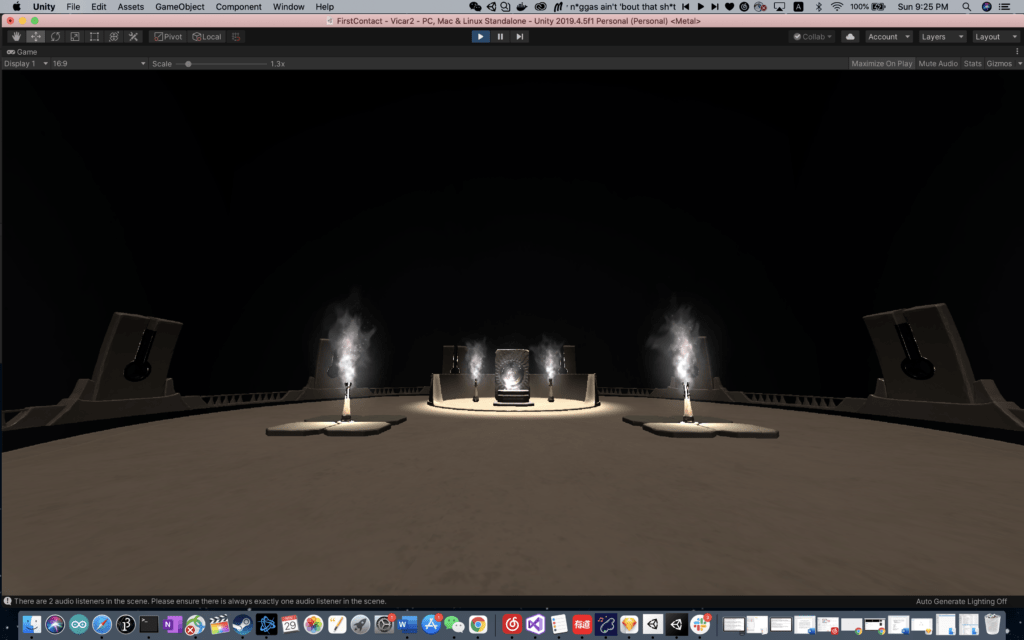Project Description:
Brief
The project is about inventing a language for the imaging city(non-existing) Anastasia to make people believe that Anastasia is a real city instead of an imagining one. The language should be designed to reflect some aspects of the city and be consistent in logic. For the language of Anastasia, it is supposed to serve as a convenient information transmission tool to support the materialistic society, which is full of desire, merchandise exchange, and exotic experience and joy.
Research
To better “make believe”, this language invention is based on two parts of research, historical background research, and language studies research. There is a process of convincing myself that this is a real city and the language is indeed been used in the past inside this city.
Historical background research:
Geography location
The first step of the process is pinning the city on the map, which is also the first section of historical background research. In the “Imagining cities” paragraph, Anastasia is built upon a centric canal. This is my inspiration, and I add upon some imaging detail, which is two distributaries originated from the centric canal. The major canal and the two distributaries form a triangle structural shape, which is the first structure of the city. The beginning of the research is to locate such a place on our planet. Since I pictured this city in my mind as a mysterious European city, I narrow down the map from the whole planet to just west Europe. A place between Pau, France, and Lourdes, France is where I am located.
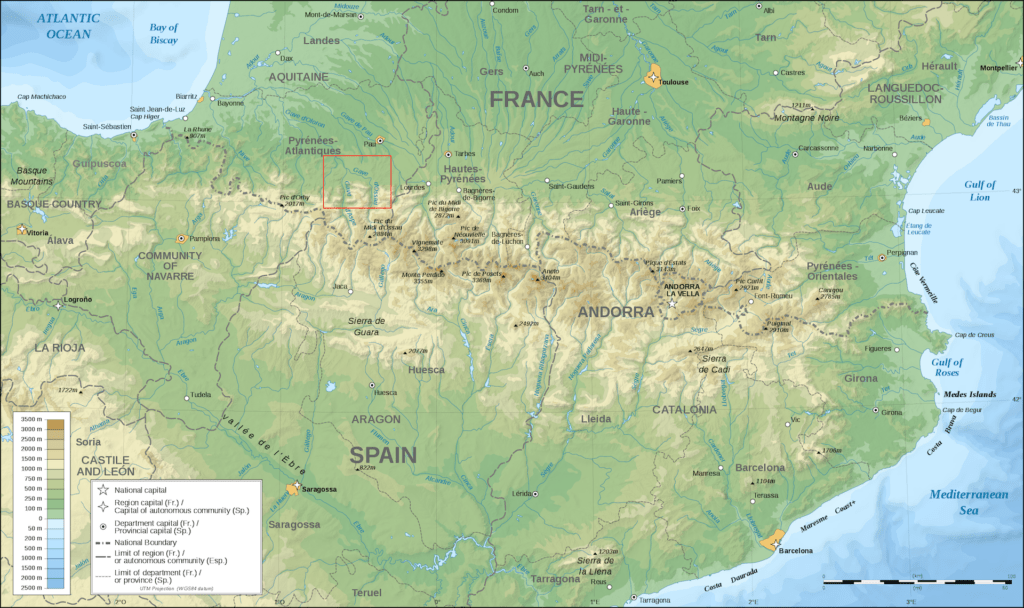
The approximate location of Anastasia is next to Nay town, France on the current Geography map. So I choose Nay town as where the “historic relics” I design come from so that the Part II design can better “make believe” because it is quite near.
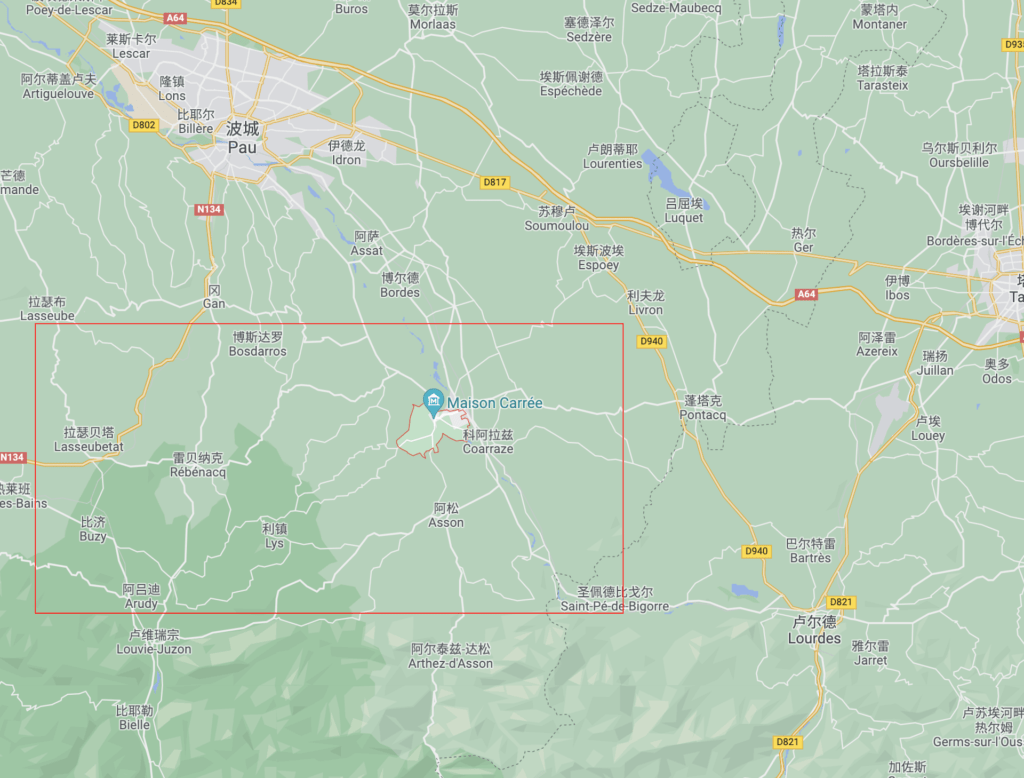
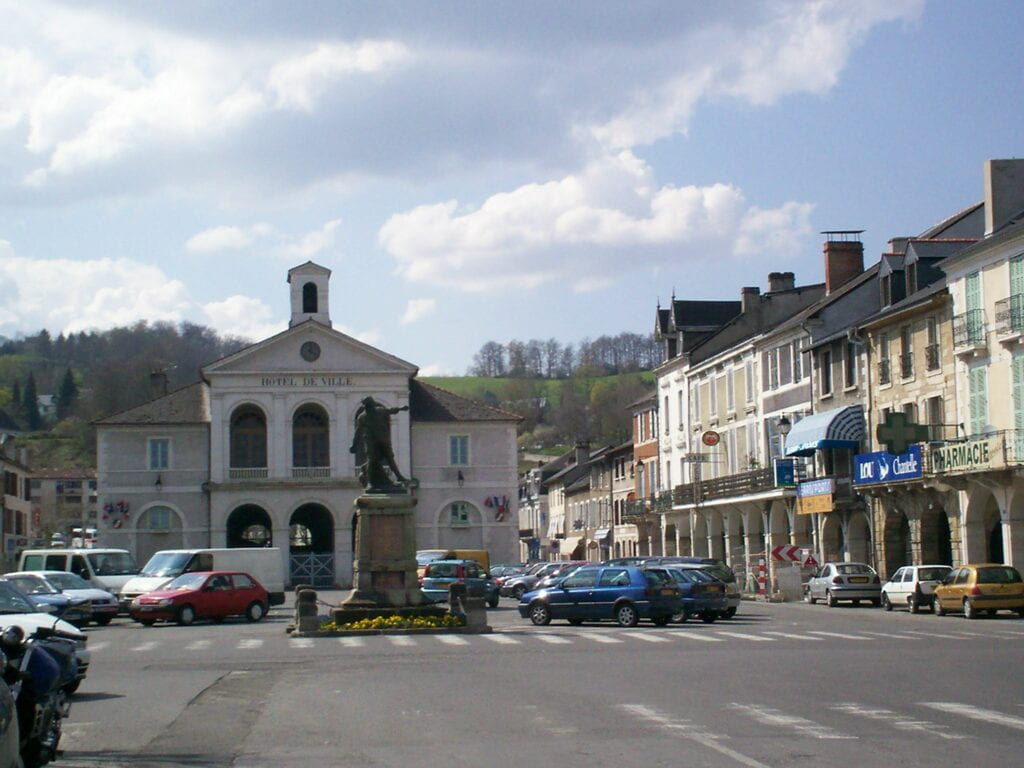
The history and why it disappeared
In my setting of Anastasia, Anastasia does not exist now, they magically disappear from history so that there are not many relics and records left. However, the setting is not compelling enough for people to hear. To better support this unreal history, I need theories to back up. So I start to research any events that can erase a city from not only the map but also the record of history. I connect the vanish of Anastasia to the St. Bartholomew’s Day massacre in 1572, which was a targeted group of assassinations and a wave of Catholic mob violence, directed against the Huguenots during the French Wars of Religion. It seems reasonable for me to ascribe the death of a city to the massacre especially the one triggered by a Religion war.
To further forge the connection between Anastasia’s death and the St. Bartholomew’s Day massacre, I decide to use literature or written material as the witness of this connection. It is not easy to find out a proper, real artifact with my purpose. There are several requirements that the artifact needs to be fulfilled:
- The author of the artifact should travel to the area between France and Spain, near the Pyrenees.
- It should contain content related to religion, especially Catholicism, Christianity, and evil.
- It should be in the format of literature, arts, or anything abstract because it cannot be too detailed or straightforward to show history.
As a result of my history research, Charles Pierre Baudelaire, a French poet who had a rich experience in traveling and had been to the Pyrenees when he was 14. His work Les fleurs du mal (Flower of Evil) part V and VI are related to Satan and religion. So I can just describe it as “the reflection of Anastasia’s death” even though I didn’t really finish the book and understand what it was about.
Language studies Research:
Spoken form research
I want to emphasize the exotic feeling of speaking the language of Anastasia because the city is an open society that embraces strangers and hedonism. I take human-invented language, “Klingon” and the language of master “Yoda” as references, which all achieve a sense of exotic alien language. Both Klingon and Yoda languages have unique grammar structures, which is the reason for the “exotic feelings”. The most common word order of Klingon is “Object-Verb-Subject”; the most common word order of Yoda language is “Object-Subject-Verb”. This gives me the inspiration to play with word orders and grammar structure.
Besides speaking order, the tone is also another design inspiration for the language of Anastasia. Tone can be applied to represent meanings. Chinese, for example, has four tones to form different words and phrases.
Written form research
I research the existing language system. The first language system is the Latin language which using the Latin alphabet as the language foundation. These languages are widely used in Europe. It seems that the language of Anastasia should belong to the Latin language system because of the setting of the European city. However, I think the language of Anastasia should reflect the material and objects of the city. Therefore, it should originate from a symbol system that reflects any physical forms surrounded. It should be similar to hieroglyphic languages such as ancient Egyptian language and ancient Chinese.
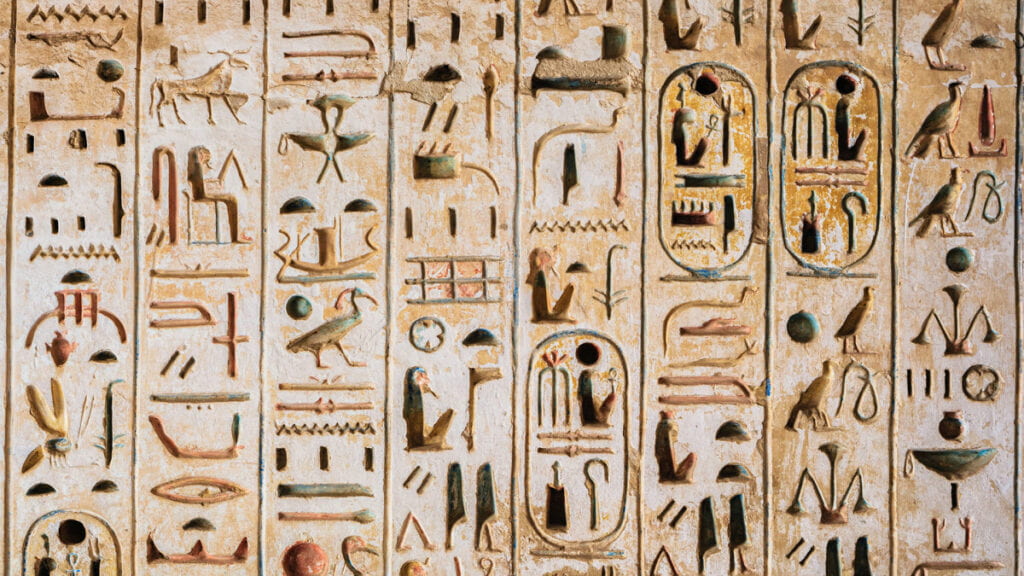
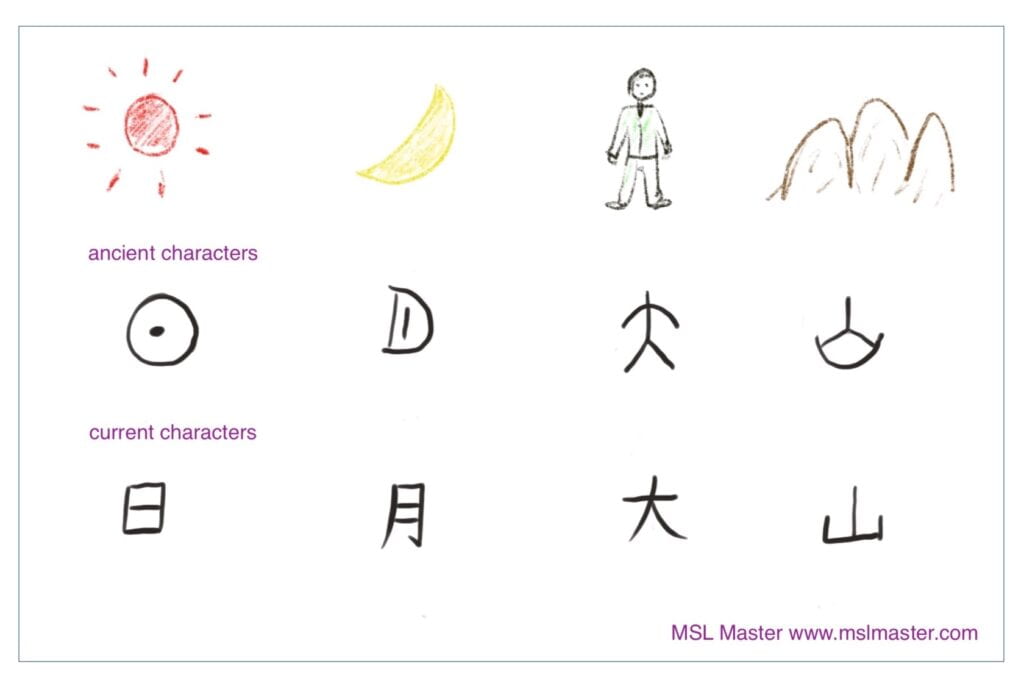
How do people in Anastasia speak?
Basic rules
To design the way people in Anastasia speak, I bring all my research result together and figure out a list of what kind of features should the language demonstrates. And here is the list:
- The language should reflect the key/soul of the city, “the city of desire” and “the materialistic society” both in spoken form and written form.
- The language should be convenient enough for use, the efficiency of information exchange should be guaranteed.
- The way people speak should be “exotic”, which I can achieve through the adjustment of sentence structure and the application of tones
With this list, I start my design. In order to “make believe”, I choose to create this language from something that already exists in the world. I firstly readjust the words order/sentence structure of English. Learning from Klingon, I put objects to the very beginning of a sentence, and verb/predicate as the following. To be unique from the other human-invented language, I decide to remove the subject from the sentence structure and use tones of verb/predicate to demonstrate the meaning of the subject. So the final sentence structure is “Object+Verb/Predicate(with subject tone)”. For example, in Anastasia’s language, “I want to eat dinner” = “Dinner want to eat(with I tone)”. To elaborate more, I set a small rule for Anastasia’s language: there are only three tones, “I/We”, “You/You” and “He/She/It/They”. This is the first phase of design this language.
The structure can also reflect the city’s features: “Anastasia residents’ language habits are more focused on the things around them or their desires. Self-consciousness is weak compared to the perception of others. What they are going to do and what they are trying to get is more important” (quote from my Project I idea presentation slide). Besides reflecting the personality of the city, the language structure that ignores the subject element emphasizes more on the action and the object, which is definitely convenient for use in daily life for me since for most of the cases people do not need to say subject in every single sentence.
The more detailed a thing is, the more believable people may think it is. To make people believe more, I keep exploring how people may speak during their daily life. Question sentence is necessary for everyone. So as the people of Anastasia. Tone is one of the methods of showing a question throughout different cultural backgrounds. Since tone is taken to demonstrate the idea of subject, I need to find out a new way to show questions under the language system of Anastasia. I take inspiration from my Japan traveling experience, which I realize that the local people who can only speak few words of English always repeat the words they know to question me. So repeat the Verb/Predicate at the end of a sentence is my final design for Anastasia’s language to question. For example, “do you want to eat dinner” = “dinner want to eat eat(with “You” tone)”.
with these detailed, well design rules, the language can be used in most cases. This is the key to “make believe” for me because, with these complete language rules, people can learn how to use this language with a vocabulary list or dictionary.
A small detail of speaking
To add some small designs to elaborate the language context, I fake a story about the city. Here is the quotation from my presentation slides:
“People’s desires seem to be satisfied by everything in the center. When people talk about what they want to do, what they want to eat, what they want to achieve, they get a unified answer: “Go to the center.” Over time, “Go to the center” meant “yes,” and “Go outside” became “no”.”
The character of the city Anastasia, yes and no will also be shown later.
How people write
To correspond to my story setting, the language of Anastasia is no longer exists and there are few relics and records of its language. Therefore, for part II, I choose to design some surviving relics of written form so that the written form design won’t make the language suspicious. The way people write should also follow the way people speak. The sentence structure keeps the same and the tone should also be “written” down. To show the tone, I use lines at the different orientations of sentences to represent subject meaning:
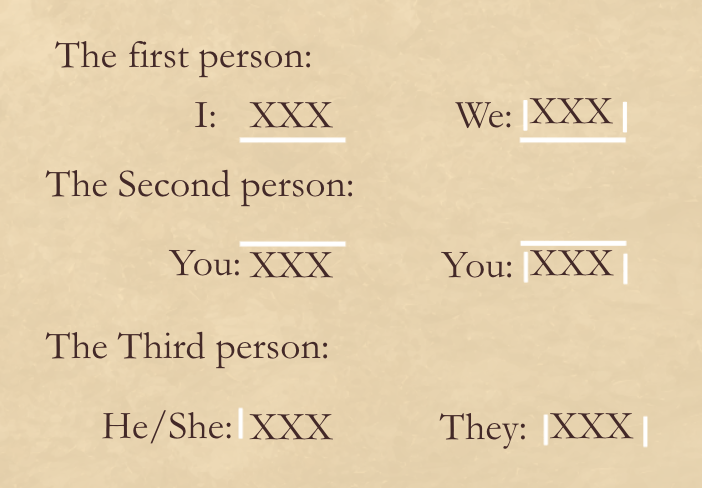
So when the people outside want to read and experience the language, the first thing they need to do is to look at the lines surrounding a sentence, which can help to figure who is the subject. Then read from left to right, the most left is the object, and the f0llwing are Verbs/Predicates. At the end of the reading, check whether the last character is repeated twice.
Here are my design images of Anastasia’s written characters:


In order to make these designs like “relics”, I use the effect function of Adobe Illustrator “Effects->Distort->Ocean Ripple” and play with the values setting.


In order to call back to my historic background research, especially why Anastasia disappeared, I fake a note relic to “record” the massacre.

And I also find a church to be the place where this “record” is revealed. It is discovered in the Eglise Saint Vincent in Nay Town.
Reflection
The only context I used in the language I design is the time when I design it. At first, I want to write down a passage to fake a doomsday record instead of just a few sentences. When I create, I kind of form a sense that this language really may be used once I can invent more words and phrases. To draft the article, I restructure sentences in my mind, with the grammar of Anastasia, and then use symbols to create a combination of illustrations that represent the meanings. One thing which is really interesting is that as I keep creating Anastasia’s “article”, my language habit, or the way I think, starts to shift and change into Anastasia mode. From this perspective, I think my design succeed in “make believe”. It is well designed in both grammar rules, spoken form, and written, and there is a small detail to improve its reliability.
Besides language itself, I think the story I add on for Anastasia serves an important role in terms of make believe. Connecting with real history, real literature and real geography information are really compelling. But there is still a logic flaw, which Professor Marcella pointed out in our critique.
The geographical location of Anastasia is between France and Spain, which means that its language system is supposed to indicate some elements of French or Spanish. The current design is hard to “make believe” because it looks completely different from those two languages. It makes more sense if this city is located on an island. (This is my paraphrases for Professor Marsella’s feedback). This is my largest logic flaw and I need to correct it in the future if I choose to keep working on this project. Also, the fake settings should correspond to each other.
Reference
-
- Pyrenees: https://en.wikipedia.org/wiki/Pyrenees
- St. Bartholomew’s Day massacre: https://en.wikipedia.org/wiki/St._Bartholomew%27s_Day_massacre
- Huguenots: https://en.wikipedia.org/wiki/Huguenots
- Google Map
- Imagined Cities: https://drive.google.com/file/d/1XHetcWG1cd-_fcdOX1Bw83mTdtO3PYCy/view
- Charles Pierre Baudelaire: https://zh.wikipedia.org/wiki/%E5%A4%8F%E5%B0%94%C2%B7%E6%B3%A2%E5%BE%B7%E8%8E%B1%E5%B0%94
- Project I idea presentation slide: https://docs.google.com/presentation/d/12IMD8aJmthCr4ztp3OOp1JMdlIbZxRoe4jovRTACWL0/edit?usp=sharing
- Project I presentation slide: https://docs.google.com/presentation/d/1a9QeGr9xcc407PjwFKLosdeMGR2Xyd2-MXWk-g-uKPE/edit?usp=sharing

